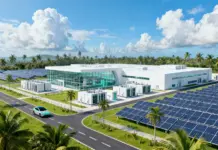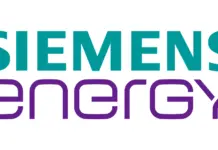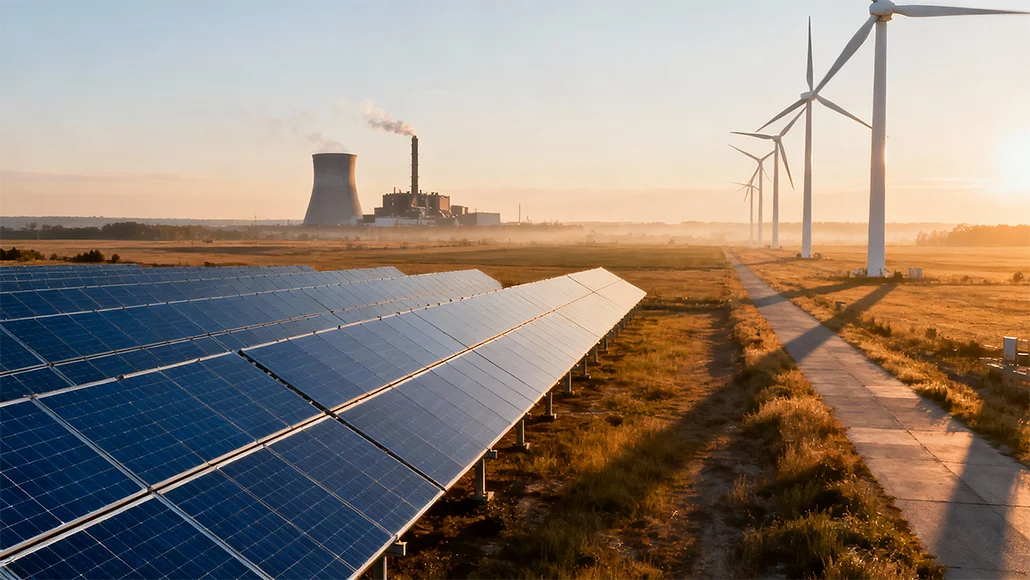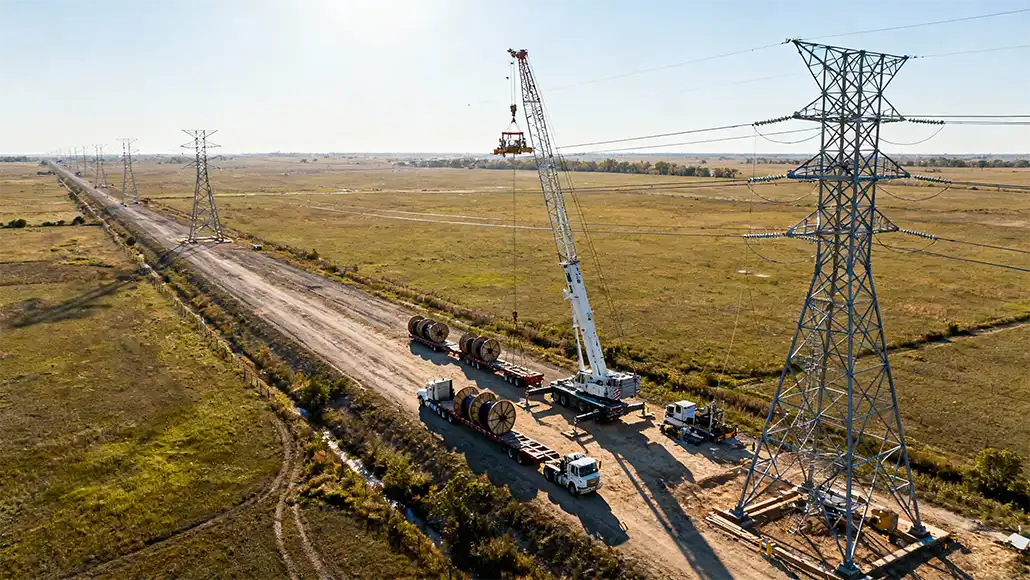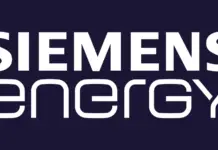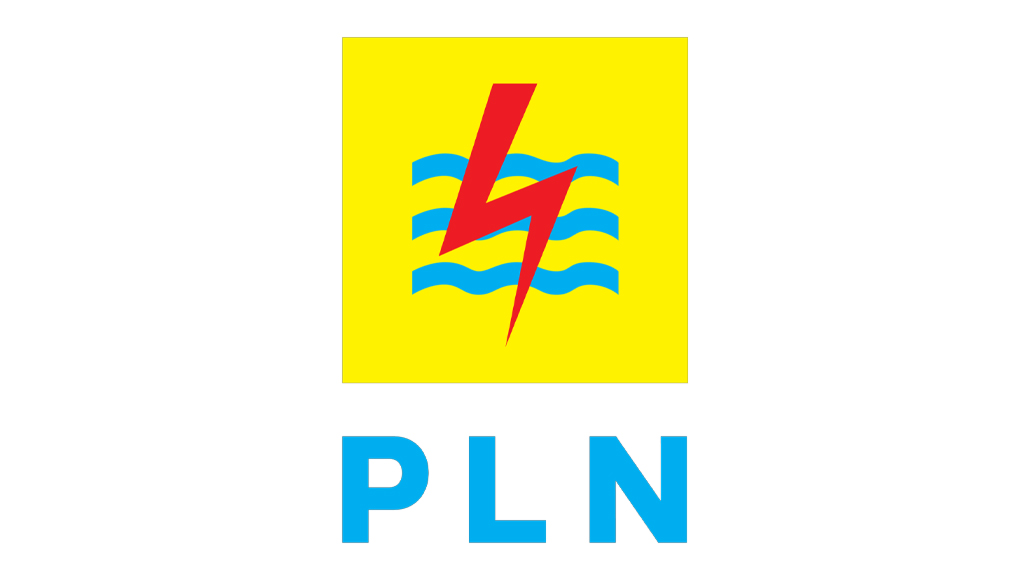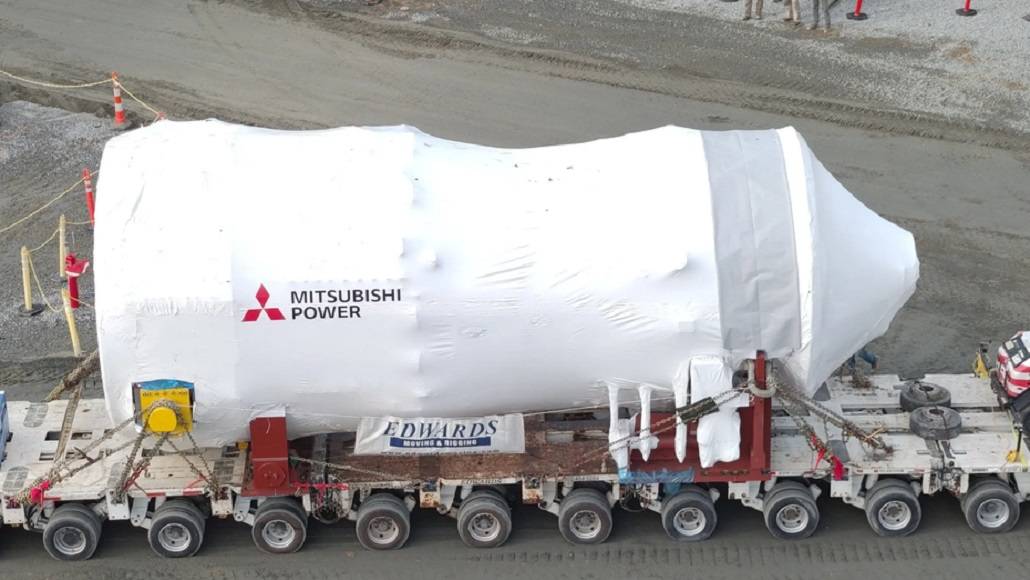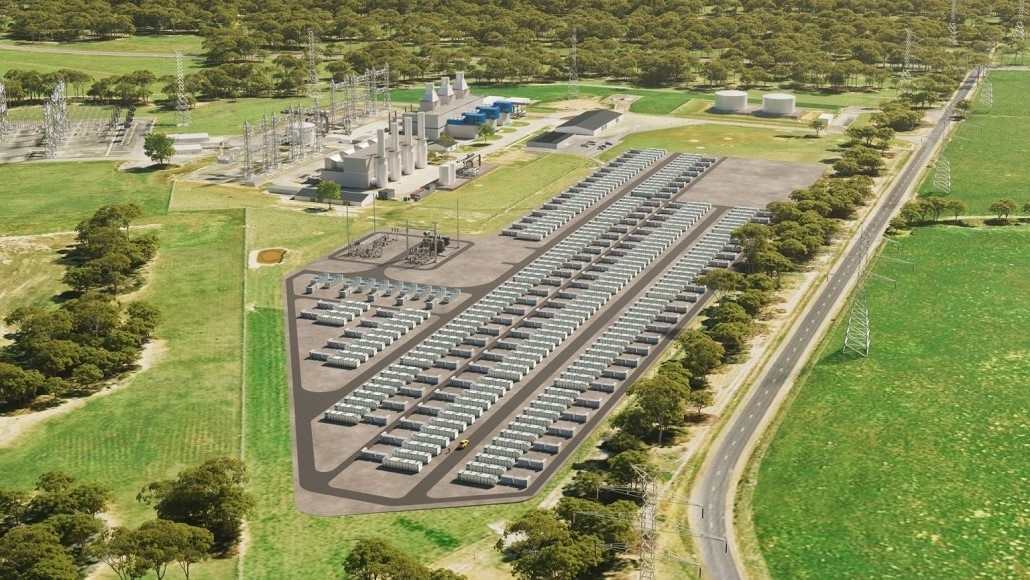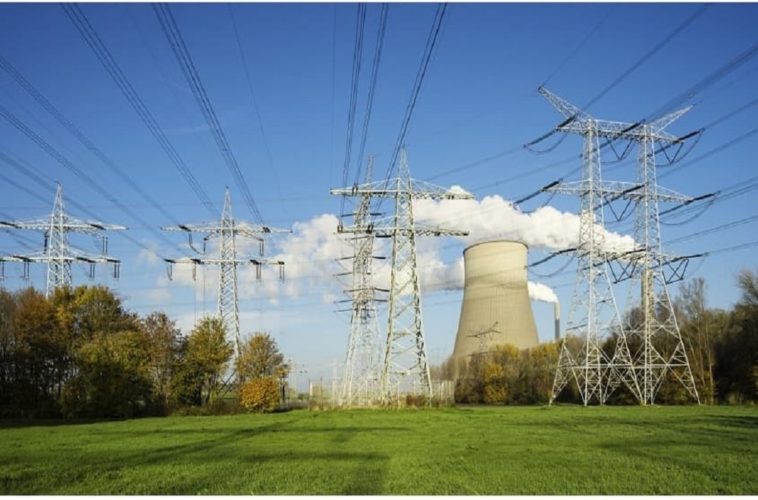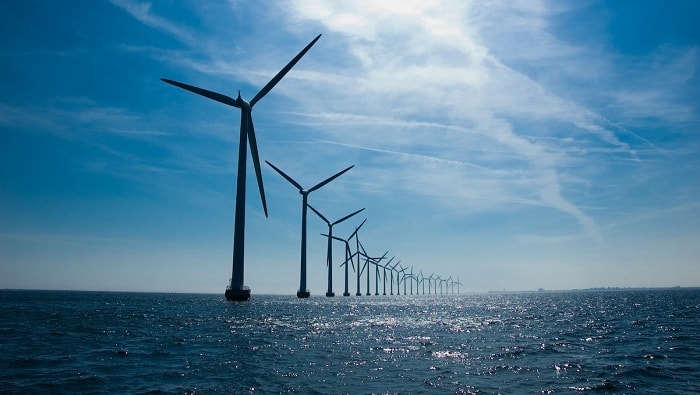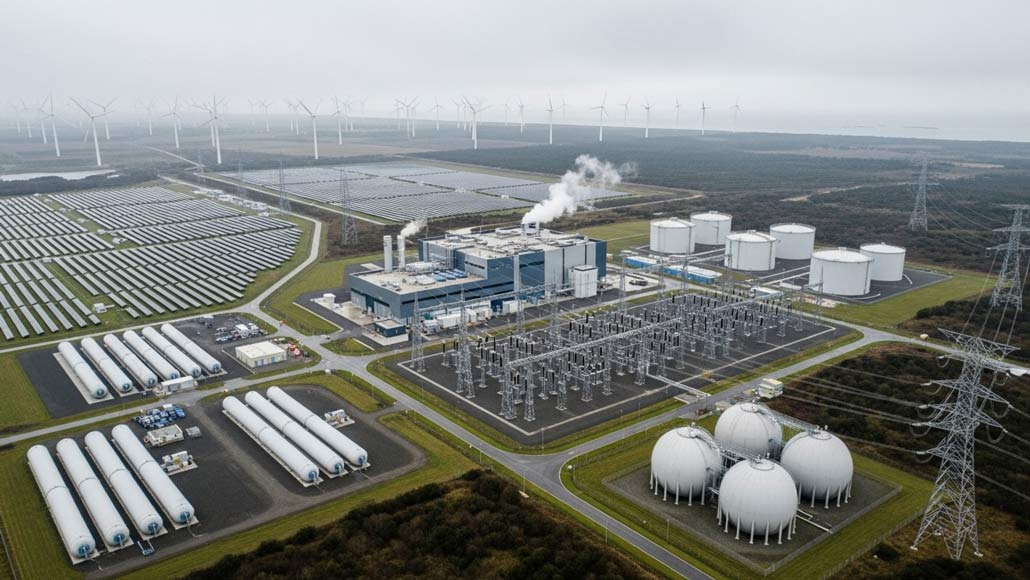Grid-Scale Hydrogen Storage: Balancing the Renewable Energy Future
The transformation toward a renewable energy future fundamentally depends on solving the challenge of energy storage at unprecedented scales and durations. Grid scale hydrogen storage emerges as the cornerstone technology capable of bridging seasonal energy imbalances while providing the massive storage capacity necessary for fully renewable power systems. Unlike conventional storage technologies limited to hours or days of energy storage, hydrogen systems offer virtually unlimited capacity that can balance energy supply and demand across months and seasons, making them indispensable for achieving 100% renewable electricity systems.
The Scale and Scope of Grid-Level Storage Requirements
Grid scale hydrogen storage addresses energy storage requirements that dwarf conventional battery applications, providing solutions for terawatt-hour scale energy balancing across extended timeframes. Modern power systems approaching high renewable penetration face storage requirements measuring in the hundreds of terawatt-hours annually, far exceeding the capabilities of electrochemical battery technologies that typically serve daily cycling applications.
The seasonal nature of renewable energy resources creates fundamental mismatches between generation and consumption patterns that only long-duration storage can address effectively. Solar generation peaks during summer months when electricity demand remains relatively low in many regions, while wind patterns often follow seasonal variations that may not align with heating and cooling loads. These temporal mismatches require storage systems capable of accepting energy during surplus periods and releasing it months later during deficit periods.
Current renewable curtailment statistics demonstrate the magnitude of opportunity for grid scale hydrogen storage deployment. In regions with substantial renewable capacity, curtailment rates can exceed 10% of total renewable generation during peak production periods, representing gigawatt-hours of otherwise wasted clean energy daily. Hydrogen storage systems can capture this curtailed energy, converting it into storable form for later utilization during periods of insufficient renewable output.
The Advanced Clean Energy Storage project in Utah exemplifies the scale of modern grid scale hydrogen storage installations, featuring electrolysis capacity exceeding 220 MW coupled with underground salt cavern storage capable of holding thousands of tons of hydrogen. This facility demonstrates the technical feasibility of seasonal energy storage while providing grid stabilization services essential for renewable integration.
European grid operators increasingly recognize hydrogen storage as essential infrastructure for achieving aggressive decarbonization targets. Studies indicate that reaching 80% renewable electricity penetration requires substantial long-duration storage capacity, with hydrogen systems providing the most cost-effective solution for storage durations exceeding 100 hours.
Underground Storage Technologies and Geological Solutions
Underground hydrogen storage leverages proven geological storage techniques adapted for hydrogen’s unique properties, providing cost-effective solutions for massive energy storage requirements. Salt caverns represent the most mature underground storage technology, offering exceptional sealing properties and storage capacities that can reach thousands of tons per facility while maintaining hydrogen purity levels essential for fuel cell applications.
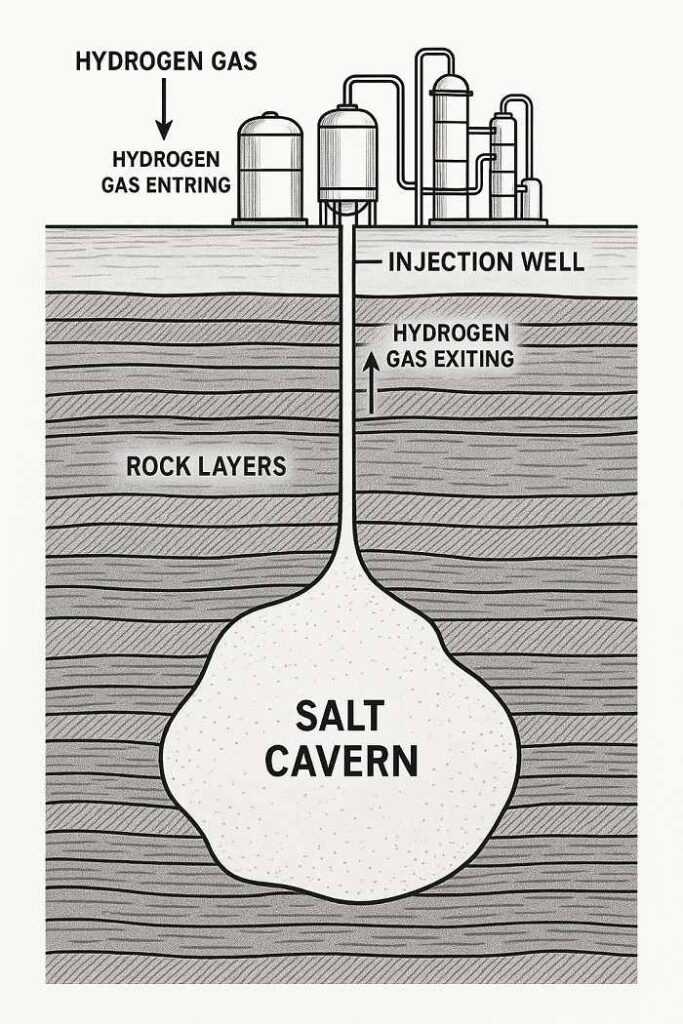
Salt cavern development employs solution mining techniques that dissolve underground salt formations to create storage chambers measuring 50-100 meters in diameter and several hundred meters in height. The resulting caverns provide naturally sealed storage environments that prevent hydrogen leakage while enabling rapid injection and withdrawal cycles necessary for grid balancing applications. Current salt cavern storage costs can achieve $1-3 per kilogram of hydrogen capacity for large installations.
The geology of salt formations provides inherent advantages for hydrogen storage that distinguish them from other underground storage options. Salt exhibits self-healing properties that automatically seal minor fractures, while its low permeability prevents gas migration. Additionally, salt caverns can withstand high pressure operations exceeding 200 bar, maximizing storage density while minimizing surface infrastructure requirements.
Depleted oil and gas fields offer alternative underground storage opportunities in regions lacking suitable salt formations. These geological structures can accommodate hydrogen storage through modifications to existing infrastructure, though technical challenges including hydrogen-rock interactions and cushion gas requirements must be addressed. Reservoir modeling indicates that properly selected depleted fields can achieve storage capacities exceeding 100,000 tons of hydrogen.
Lined rock caverns represent emerging underground storage technology suitable for regions with appropriate geological conditions but lacking salt formations. These engineered storage systems employ specialized linings to contain hydrogen while providing controlled storage environments. Though more complex than salt caverns, lined facilities can achieve comparable storage capacities while offering design flexibility for site-specific requirements.
Porous rock formations, including saline aquifers, present enormous storage potential for hydrogen-methane mixtures that can be separated upon withdrawal. The UK North Sea Leman field demonstrates this potential with theoretical storage capacity exceeding 25 million tons of hydrogen, equivalent to more than 6,000 large salt caverns. These formations could provide continental-scale seasonal storage capabilities essential for fully renewable energy systems.
Seasonal Energy Balancing and Grid Integration
Seasonal energy balancing through grid scale hydrogen storage enables power systems to accommodate the natural variations in renewable generation and electricity demand that occur throughout the year. This capability becomes increasingly critical as renewable penetration approaches levels where seasonal storage determines overall system reliability and economics.
The seasonal storage challenge manifests differently across geographical regions and climate zones, requiring customized hydrogen storage solutions that address local renewable generation patterns and demand profiles. Northern European systems experience dramatic seasonal variations in both solar generation and heating demand, creating storage requirements that can exceed 20% of annual electricity consumption. Mediterranean regions face different challenges with summer cooling loads coinciding with peak solar generation but requiring substantial storage for winter heating demands.
Hydrogen storage systems can achieve storage efficiencies exceeding 35% for power-to-power cycles while providing additional value through hydrogen sales to industrial users, transportation applications, and heating markets. This multiple revenue stream capability significantly improves the economics of seasonal storage compared to electricity-only storage systems that must recover costs solely through electricity market participation.
Grid integration of seasonal hydrogen storage requires sophisticated control systems that optimize charging and discharging cycles based on weather forecasts, electricity prices, and seasonal demand patterns. Advanced algorithms can predict renewable generation weeks in advance, enabling proactive storage management that maximizes value while ensuring adequate reserves for extended low-renewable periods.
The Finnish renewable energy integration study demonstrates hydrogen storage’s potential for enabling high renewable penetration, showing a 69% reduction in carbon dioxide emissions when seasonal hydrogen storage supplements wind and solar generation. Similar studies across multiple regions confirm that hydrogen storage becomes essential infrastructure for achieving renewable penetration levels exceeding 80%.
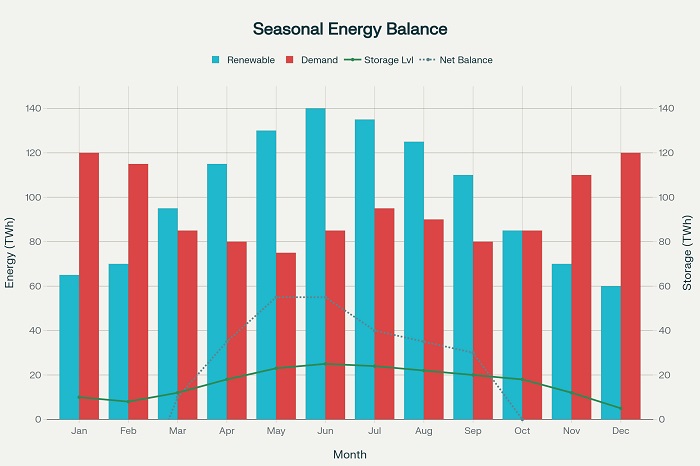
Technical Infrastructure and System Components
Grid scale hydrogen storage systems integrate multiple sophisticated technologies within unified frameworks optimized for large-scale energy storage and grid services. Electrolysis systems represent the primary interface between the electrical grid and hydrogen storage, with installations ranging from tens to hundreds of megawatts capacity depending on storage requirements and grid connection capabilities.
Alkaline electrolysis technology dominates large-scale installations due to its proven reliability, cost-effectiveness, and ability to accommodate intermittent renewable energy inputs. These systems can achieve operational lifetimes exceeding 100,000 hours while maintaining efficiencies of 65-70% throughout their operational life. Stack sizes continue increasing, with modern installations featuring individual units exceeding 20 MW capacity that reduce balance-of-plant costs per unit of capacity.
Proton exchange membrane electrolysis offers superior dynamic response characteristics essential for grid services applications, capable of rapid load adjustments that support frequency regulation and grid stabilization services. While currently more expensive than alkaline systems, PEM technology provides revenue opportunities through ancillary service markets that can significantly improve project economics.
Compression systems within grid scale installations must accommodate massive hydrogen flows while maintaining energy efficiency and operational reliability. Multi-stage compression systems employing intercooling can achieve compression ratios exceeding 300:1 with overall efficiencies approaching 85%. Advanced compressor designs reduce maintenance requirements while providing the rapid response capabilities necessary for grid applications.
Power conversion systems ensure grid compatibility while providing high-quality electrical interconnection capabilities essential for grid-scale installations. Modern systems incorporate advanced power electronics that provide grid services including voltage support, frequency regulation, and reactive power compensation. These capabilities generate additional revenue streams while enhancing grid stability, particularly valuable in regions with high renewable penetration.
Economic Fundamentals and Market Mechanisms
The economics of grid scale hydrogen storage continue improving as technology costs decline and market mechanisms evolve to properly value long-duration storage services. Capital costs for complete systems currently range from $1,500-3,000 per kilowatt of electrolysis capacity, with underground storage adding $500-1,500 per kilogram of hydrogen storage capacity depending on geological conditions and scale.
Operational economics benefit from multiple revenue streams that distinguish hydrogen storage from conventional electricity storage systems. Revenue sources include electricity market arbitrage, grid ancillary services, hydrogen sales to industrial users, and capacity payments for providing firm generation resources. This revenue diversity reduces market risk while improving overall project economics.
The levelized cost of storage for hydrogen systems approaches competitiveness with alternative long-duration storage technologies when storage durations exceed 100 hours. Analysis indicates that hydrogen storage can achieve levelized costs below $150 per megawatt-hour for seasonal storage applications, making it cost-competitive with alternative technologies while providing superior duration capabilities.
Market mechanisms increasingly recognize the unique value proposition of seasonal storage through specialized procurement programs and enhanced compensation structures. Several jurisdictions have implemented specific market products for long-duration storage that provide additional revenue opportunities beyond traditional energy and capacity markets.
Carbon pricing and renewable energy incentives significantly improve hydrogen storage project economics by enhancing the value of storing and utilizing clean energy. Current carbon prices in advanced markets can add $20-40 per megawatt-hour to the value proposition of hydrogen storage systems, improving competitiveness against fossil fuel alternatives.
Integration with Renewable Energy Resources
The integration of grid scale hydrogen storage with renewable energy resources creates synergistic systems that maximize clean energy utilization while providing reliable power supply throughout all weather conditions and seasons. Wind-hydrogen integration demonstrates particular promise due to the complementary characteristics of wind generation patterns and hydrogen’s storage capabilities.
Offshore wind development increasingly incorporates hydrogen production and storage as integral components that enable projects to proceed beyond grid connection capacity limitations. The North Sea Wind Power Hub concept demonstrates how offshore platforms can combine wind generation with electrolysis and pipeline transmission to deliver both electricity and hydrogen to onshore markets, maximizing the utilization of offshore renewable resources.
Solar-hydrogen integration offers different advantages, particularly in regions with strong seasonal solar variations where summer production can be stored for winter utilization. Large-scale solar installations coupled with hydrogen storage can achieve effective capacity factors exceeding 60% by maintaining productive operation through stored hydrogen utilization during nighttime and cloudy periods.
Multi-technology renewable integration creates the most robust hydrogen storage systems by combining wind, solar, and potentially other renewable resources to optimize overall system performance. These hybrid systems can achieve higher electrolyzer capacity factors while reducing storage requirements compared to single-technology systems, improving overall economics and reliability.
Grid-connected renewable-hydrogen systems provide essential grid services that support overall power system reliability while maximizing renewable energy utilization. These systems can provide spinning reserves, frequency regulation, and voltage support services that generate additional revenue while supporting grid stability during the transition to high renewable penetration.
Future Development and Market Evolution
The grid scale hydrogen storage market shows accelerating development momentum driven by increasing renewable deployment, supportive policy frameworks, and declining technology costs. Industry projections indicate substantial capacity additions over the next decade as these systems become essential infrastructure for achieving aggressive decarbonization targets.
Next-generation hydrogen storage systems will incorporate advanced materials and improved integration techniques that enhance efficiency while reducing costs and operational complexity. Solid oxide electrolysis systems operating at elevated temperatures promise efficiency improvements exceeding 85% while enabling waste heat integration with industrial processes and district heating systems.
Artificial intelligence and machine learning applications within grid scale systems will enable increasingly sophisticated optimization strategies that maximize value creation across multiple markets simultaneously. These intelligent systems will predict renewable generation patterns, electricity prices, and hydrogen demand to optimize storage operations automatically while providing grid services and industrial supply reliability.
International coordination on hydrogen storage development will create integrated storage networks that enable continental-scale seasonal balancing and renewable energy trading. These integrated systems will optimize storage utilization across multiple regions and time zones while providing enhanced energy security through geographic diversification.
The convergence of hydrogen storage with broader energy system digitalization will create intelligent energy hubs that optimize energy flows across electricity, heating, transportation, and industrial sectors. These multi-sector integration capabilities position grid scale hydrogen storage as central infrastructure within future carbon-neutral energy systems that maximize efficiency while ensuring reliable energy supply.






